A worker bee spends three weeks as an egg, larva and pupa. When she emerges as an adult, she spends nearly three weeks in the hive, working her way up the ranks as she does different jobs. She’ll then spend four days guarding the hive entrance before flying off for the remaining three to four weeks of her life, to gather nectar and pollen. She will fly 800km and make one-twelfth of a teaspoon of honey.
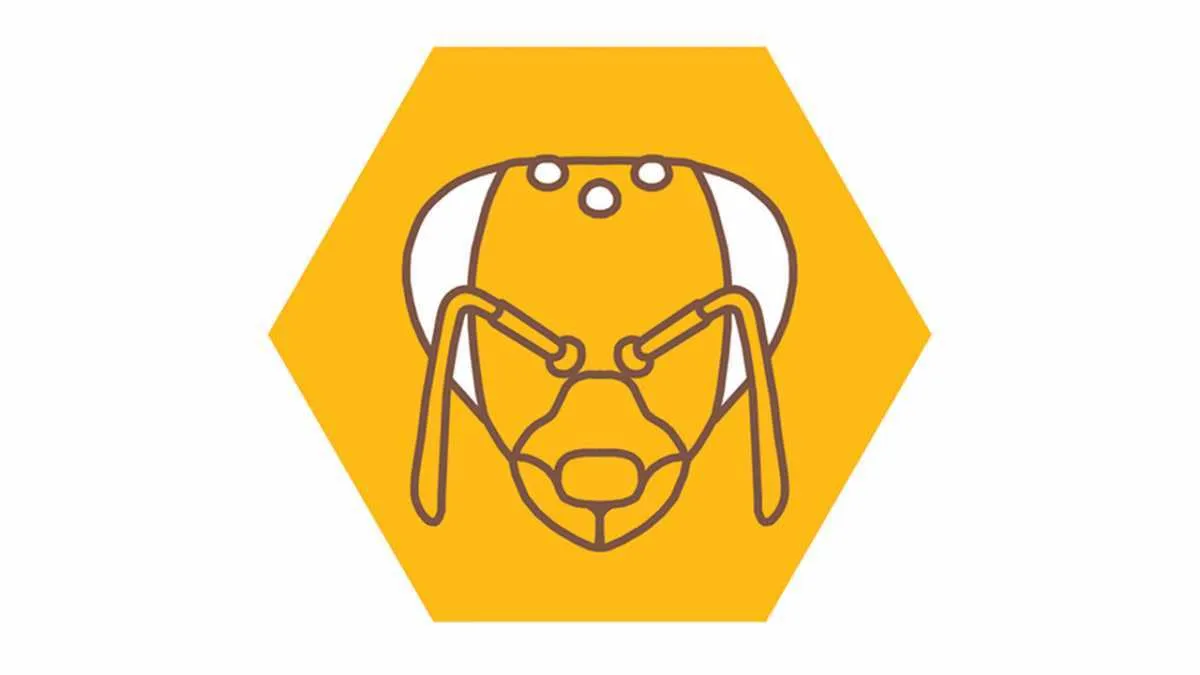
Eyes
Two compound eyes, plus three simple ‘ocelli’ that measure light intensity. Drones have 50 per cent more facets in their compound eyes than workers.
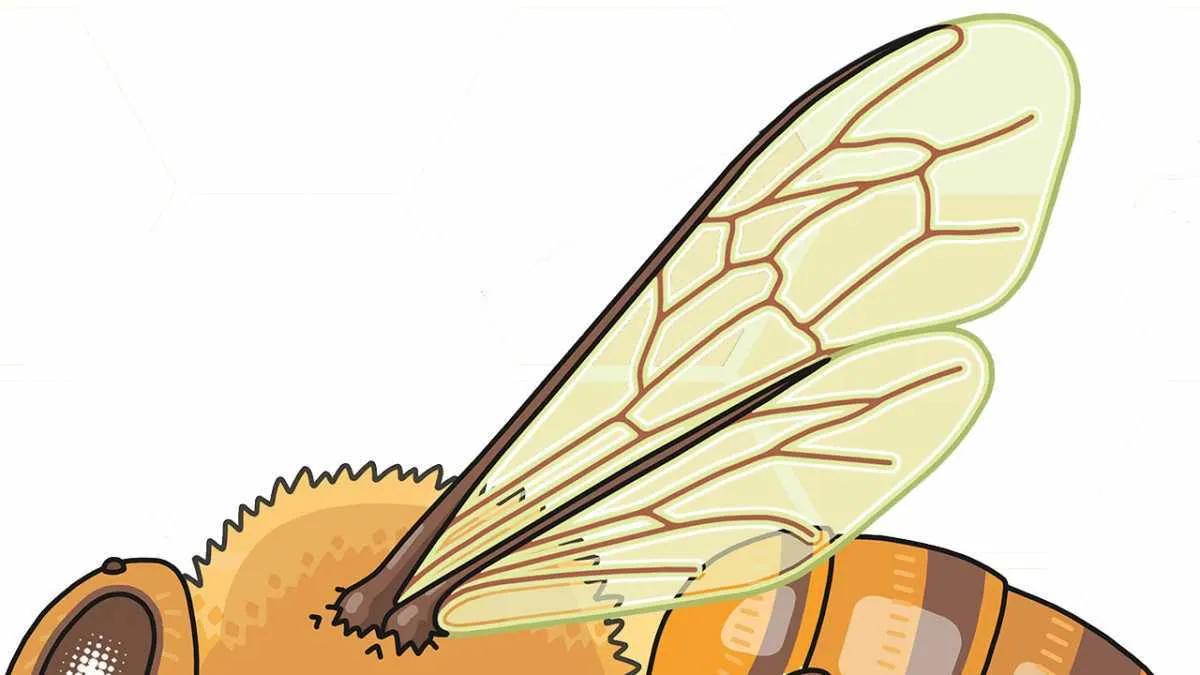
Wings
Bees have two pairs of wings but they are connected together by a row of wing hooks that keep them synchronised.
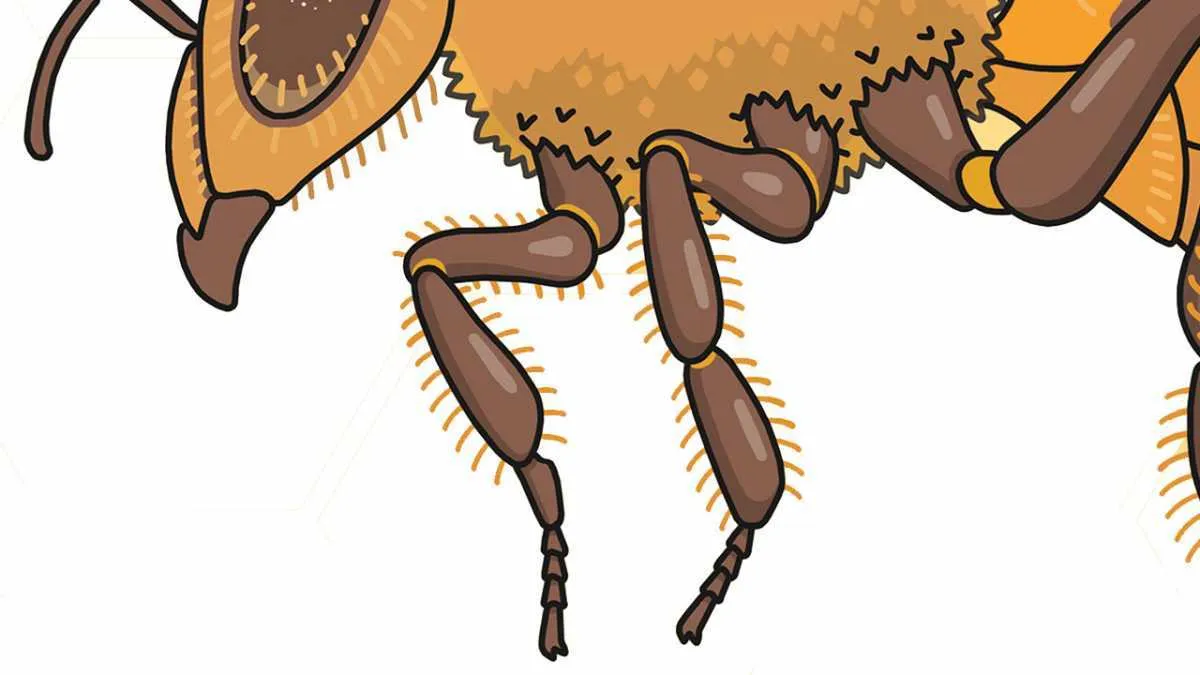
Hairs
Pick up tiny electrostatic charges from flowers, which helps them locate good pollen sources and attracts the pollen grains to them.
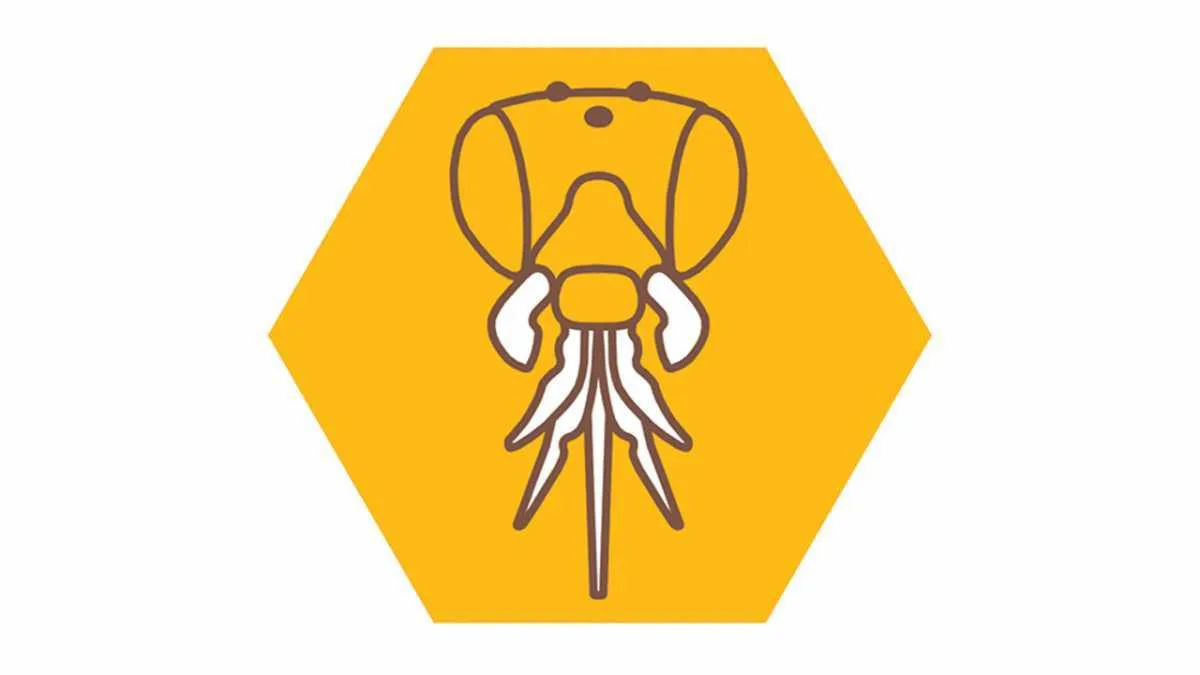
Mouthparts
Grasshoppers can only chew, and moths can only suck, but honeybees can do both since they have mandibles and a proboscis.
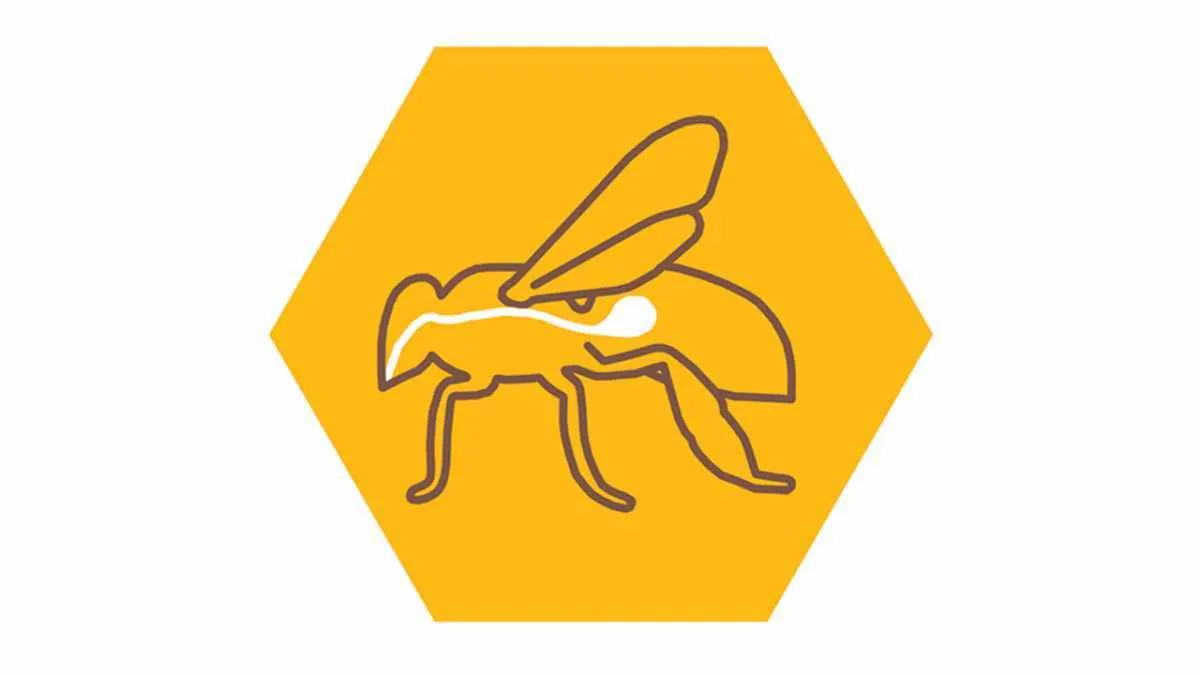
Honey stomach
The digestive tract has a separate lobe to hold the nectar. Hairs at the entrance filter out pollen grains.
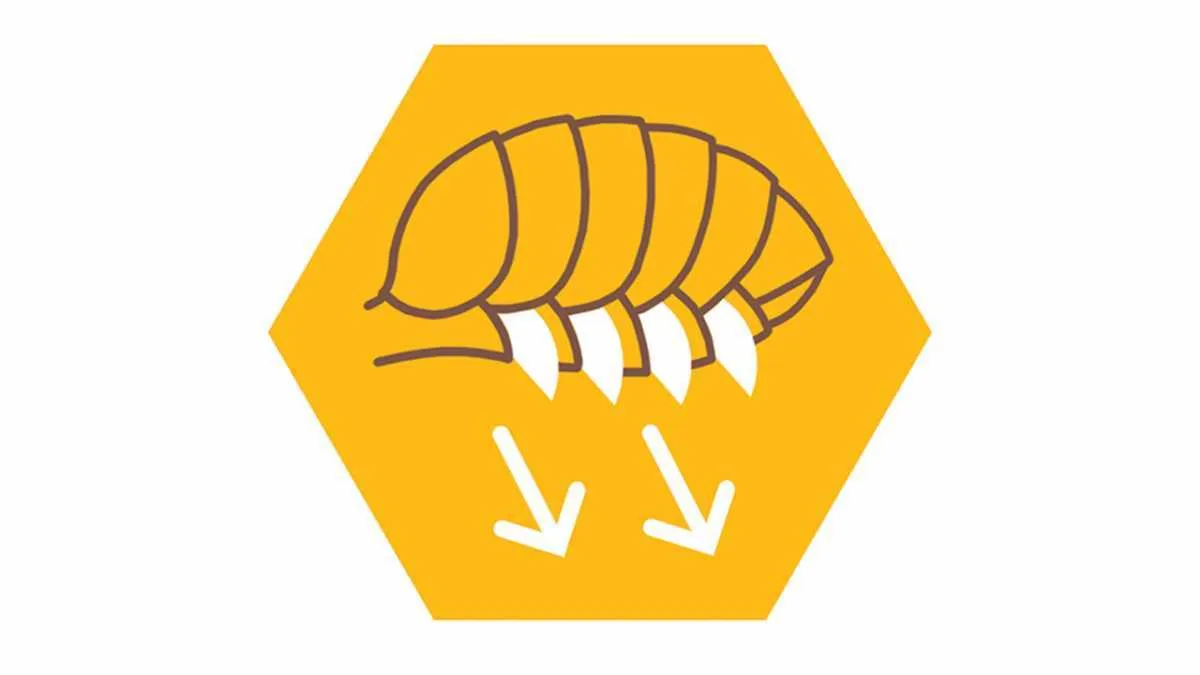
Wax plates
Glands between the abdominal segments produce wax that grows outwards as thin plates. Workers mould them to form the honeycomb.
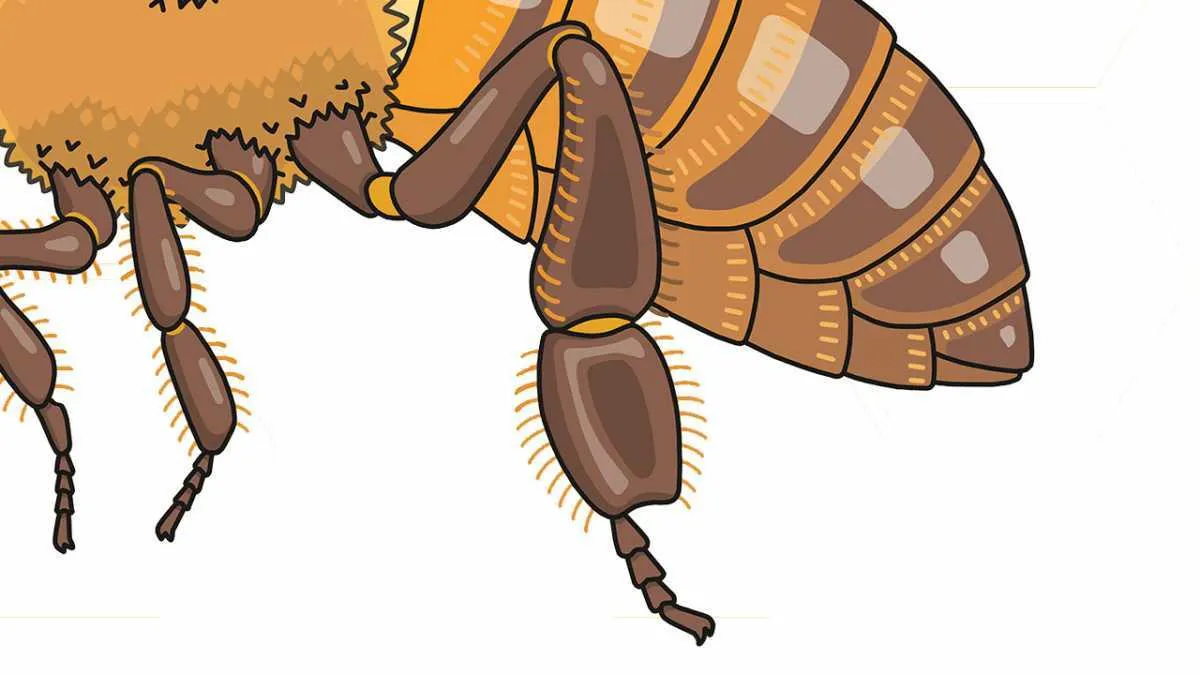
Legs
The rear legs have a pollen basket made of hairs, with a central long bristle that skewers the pollen ball in place.
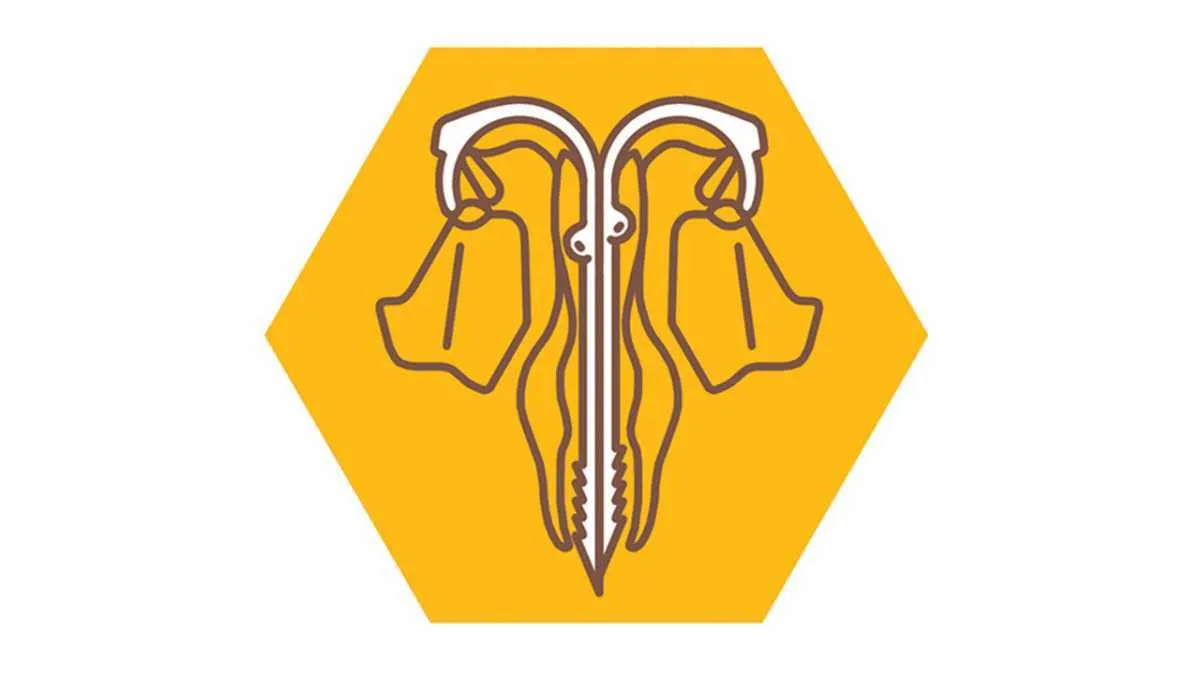
Sting
As well as venom, the sting releases alarm pheromone to signal other bees to attack the same target.
Images © Raja Lockey
Follow Science Focus onTwitter,Facebook, Instagramand Flipboard